News
The new European Commission - Reading the tea leaves and what it means for energy democracy
Europe is at a crossroads. After European elections that shifted the European Parliament towards extremes, and with a new European Commission coming into being, many are wondering which course the EU will chart as it sails towards 2030. While there are still many questions to be answered, the European Commission President, Ursula von der Leyen, and the European Council, have already laid out a broad set of political priorities and guidelines for how the EU will pursue a ‘Clean Industrial Deal’. The Draghi Report on the Future of European Competitiveness, drafted by former Italian Prime Minister Mario Draghi, has just set forth a laundry list of policy proposals that it hopes will get support from Member States. Along with the Mission Letters that have just been sent to the Commissioners-designate, these documents paint a general picture of how the EU might pursue its Clean Industrial Deal over the next five years.
While the EU’s current focus is around competitiveness and industry, decarbonisation of the energy system is framed as an opportunity to end reliance on fossil fuels, drive competitiveness, and enhance affordability and security of supply. The promotion of energy democracy and support for energy communities is essential to the achievement of all these objectives. Below, we analyse the Commission’s published political priorities, the Draghi report, and the Mission Letters of the relevant Commissioners-designate, and extract what is relevant for energy communities. We conclude that while EU policy is still stuck in its market-oriented ways, community ownership and participation can continue to help pave an alternative path to a prosperous Europe-wide energy transition through cooperation, inclusiveness, and empowerment of citizens and small local businesses.
What challenges are Europe and its citizens really facing? A critical analysis of the Draghi report
The Europe of today faces many challenges. The recent cost-of-living crisis and skyrocketing energy poverty rates, exacerbated by the ongoing energy crisis, are just some of the reasons for the shift towards more extreme politics across Europe, as the EU’s own 2024 election results show.
There are multiple reasons Europe has come to this point. One of them is Europe’s historically incessant addiction to cheap, imported fossil energy. Until Russia became enemy number one, it was the largest source of natural gas for Europe’s industrial titans. Now, as the Draghi report acknowledges, as long as imported gas features as a strong element of the EU’s energy mix, it will be impossible for consumers to realise the full benefits of renewables production, not just in the energy sector but across the entire economy.
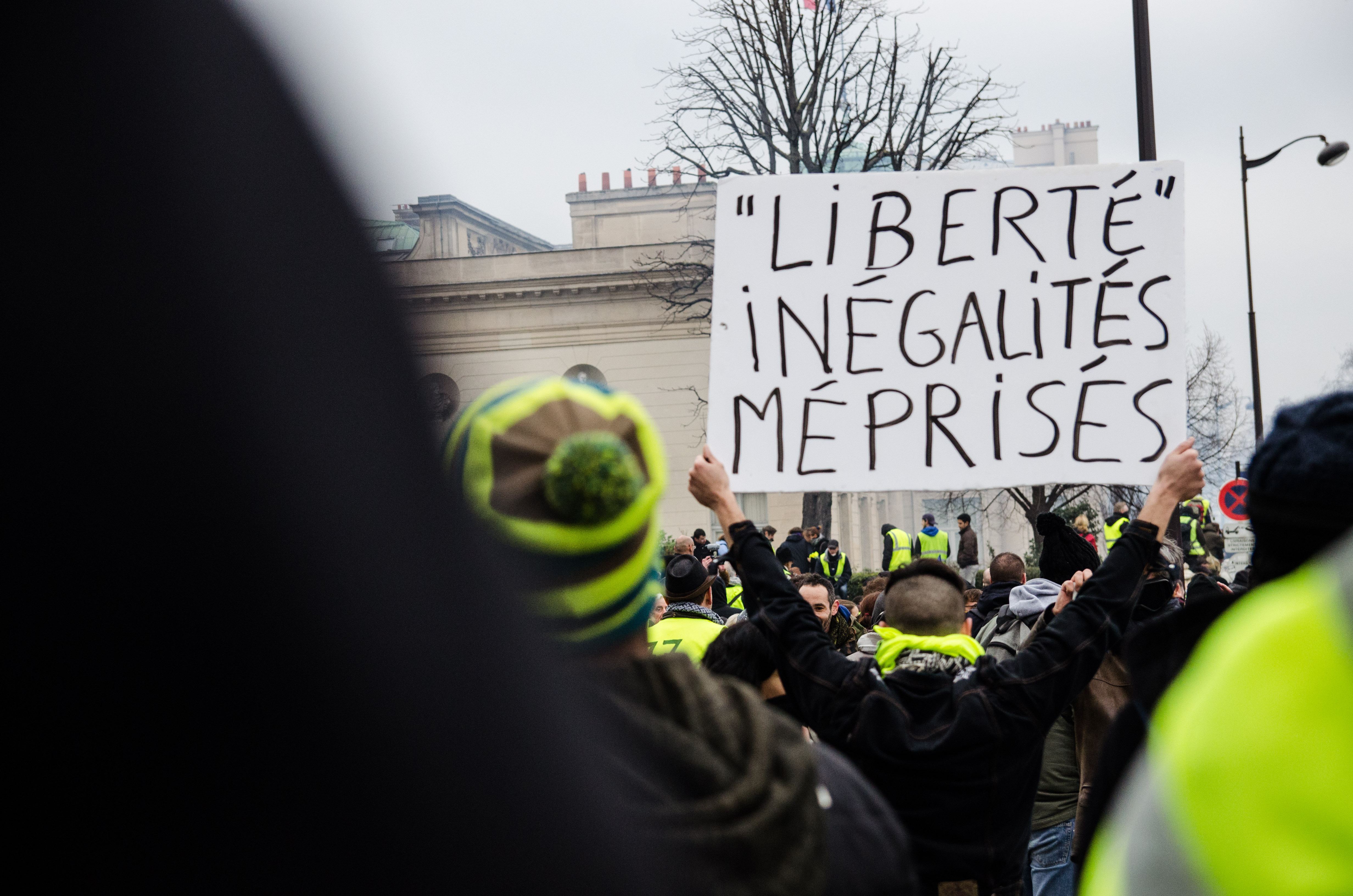
What does the Draghi report get right?
To its credit, the Draghi report identifies several shortcomings. In addition to acknowledging the strategic imperative of removing fossil gas from the EU’s energy mix, it highlights the need to get ahead of future energy price crises stemming from bottlenecks in electrification, the massive scale-up in building decarbonisation, an EU budget that is no longer fit-for-purpose, and intermittency of energy supply. It also proposes to prioritise integrated planning and reducing permitting times for new renewables production, and investment in flexibility and infrastructure. These actions would certainly be welcome. The report calls for a timely transposition of EU legislation on permitting acceleration, while also ensuring sufficient funding and staffing for permitting authorities.
In addition, the funding that is made available to the EU has long been woefully inadequate to face the needs of the EU’s citizens and industries alike. The Draghi report argues that a fit-for-purpose competitiveness agenda would require multiplying the EU’s investments by a factor of x4.5. Some of this money could come from private sources, but some would also need to be secured through public investment, including by new common debt. The question however, is where these funds should be flowing.
Where does Draghi get it wrong?
At the core of these challenges, which the Draghi report seems to miss, is Europe’s short-sighted market-oriented thinking, blindly driven by GDP growth. The most obvious example of this is the extension of the Emissions Trading System (an instrument based on establishing a market for carbon emissions) to heating and transport from 2027: a decarbonisation policy, with potentially regressive effects to vulnerable households. This move will bring the carbon market right into people’s homes and daily lives. The REPowerEU plan acknowledged that such market-driven approaches may fall short in guaranteeing fairness and solidarity. No such considerations are to be found in the Draghi report.
An effective implementation of the Social Climate Fund will be one key element to reduce the regressive effects of the new Emissions Trading System. Nevertheless, it could also simply act as a band-aid for a self-inflicted gun wound. At the same time, gas and electricity markets are highly concentrated, meaning the select few profit-driven companies that have driven us to this point are now in the driver's seat. Europe’s citizens are not blind to this reality, and yet decision makers continue on this path.
The Draghi Report thus repeats old mistakes, both in identifying challenges but also in the solutions it proposes. In order to get rid of gas, Draghi also suggests doubling down on ‘new’ nuclear, including investment in untested small modular reactors. This is both incompatible with competitiveness of other (much less expensive) renewable energies, as well as with the “Do No Significant Harm” principle of the Union, as small modular reactors have been found to produce 2 to 30 times more nuclear waste.

The Draghi Report also aims to tackle red tape for new energy infrastructure and renewables production by tearing down laws meant to ensure the environmental impact of projects is properly assessed. Encouraging further environmental degradation “until climate neutrality is achieved” is akin to removing a patient’s lung until they are able to breathe again. It is also likely to drive more negative attitudes at the local level towards renewables and the energy transition in general.
What are the Draghi Report’s blind spots
Perhaps worse, however, is what the Draghi Report misses. The focus on industrial competitiveness and winner-takes-all comparisons with the US and China is too heavy compared to the scant attention paid to collaboration, redistributive policies and citizen empowerment. The report thus risks sacrificing the EU’s core values and achievements, such as its extensive social welfare system, on the altar of geopolitical competition. While the report addresses the need for social inclusion and tackling global challenges like climate change, it largely neglects innovations that go beyond the narrow focus on productivity (GDP) growth. In that sense the report reinforces an often criticised and outdated narrative of GDP growth as an end in itself, failing to account for environmental degradation, inequality and social wellbeing - as Robert Kennedy said, “GDP measures everything… except that which makes life worthwhile”. Draghi’s foreword is very telling in that regard: “decarbonisation will be an opportunity for Europe. But if we fail to coordinate our policies, there is a risk that decarbonisation could run contrary to competitiveness and growth.”
It comes to no surprise, then, that the report fails to champion holistic approaches, such as the social economy, as highlighted by the Cooperative sector, where economic, environmental, and social progress are integrated and viewed as complementary, rather than being centred around profit for competitiveness’ sake. Lastly, the report lacks any meaningful emphasis on citizen engagement in the energy transition. While it spares one paragraph to mention this topic, it does not make any concrete link with the rollout of renewables production or reducing barriers that currently prevent households and small enterprises from participating in the market, for instance through energy sharing or investment support.
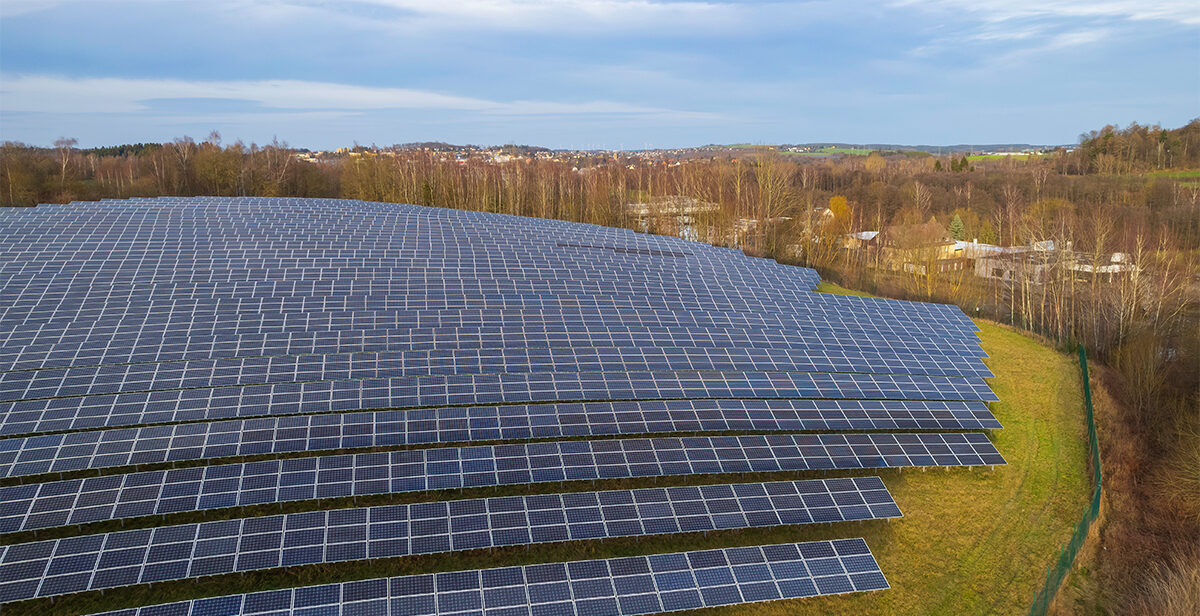
An alternative path: cooperation with local communities at the centre
Securing locally-produced renewables is key to reaching an affordable energy supply. From offshore wind, to large-scale district heating projects, energy communities are already demonstrating that citizens can take an active role in driving the EU’s decarbonisation and green industrialisation objectives. Local communities that can secure ownership of renewable energy production are able to shield themselves from the impacts of high and volatile wholesale electricity and gas prices. Energy communities also ensure that local renewables production, and the resulting economic benefits, stay within the community. Research in France and Germany shows that locally controlled and financed renewable projects deliver 2 to 8 times more return to the local economy than projects built by external developers.
The inclusion of local communities in the planning process and ensuring co-ownership and distribution of benefits could significantly accelerate and simplify the roll-out of renewables, as local opposition would diminish. The importance of citizen participation in Europe’s energy transition has been acknowledged as far back as 2015, when in the Commission’s first Strategy for an Energy Union, it stated that “our vision is of an Energy Union with citizens at its core, where citizens take ownership of the energy transition, benefit from new technologies to reduce their bills, participate actively in the market, and where vulnerable consumers are protected.” Unfortunately, however, such considerations are omitted from Draghi’s report, while proposed solutions, such as access to power purchase agreements and self-consumption, are framed as if they rely on the uptake only of large industrial actors.
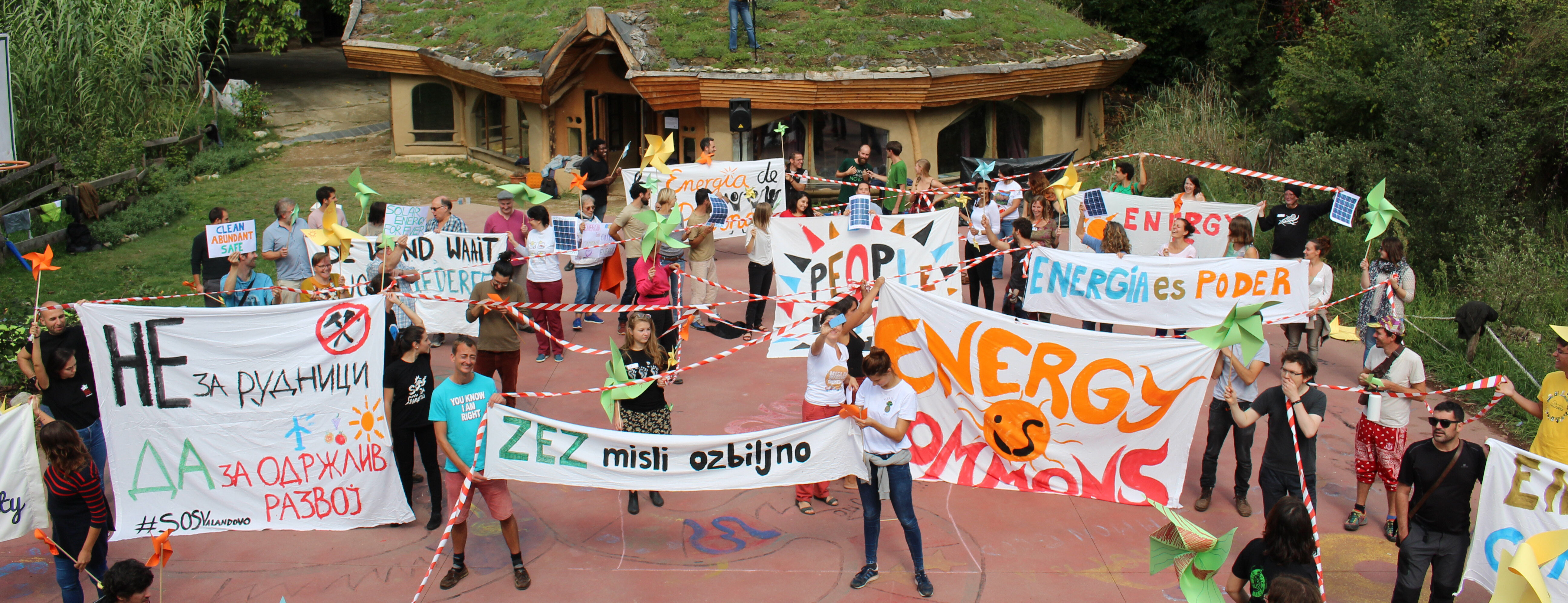
Priorities of the new EU Commission designate
While the Draghi report is an important document that could influence the policy priorities of the new Commission, the Mission Letters to the Commissioners-designate also signal the main focal points of the political landscape for the next five years. Although the shift towards industrial competitiveness is clear, it is encouraging that the European Green Deal, the decarbonisation and the social dimension of the EU will remain central to Europe’s political priorities. However, the social economy is not mentioned in any of the Mission Letters, despite representing 10% of all businesses in the EU, as well as being a cornerstone of the European way of life.
On a positive note, Teresa Ribera has been proposed as the new Executive Vice-President-designate for a Clean, Just, and Competitive Transition. Ribera has been tasked, among many other things, with bringing down energy pricing, tackling energy poverty and the housing crisis, while also ensuring financing for a just and social transition. Curiously, Ribera has also been tasked with creating a new approach to competition policy, including a new State aid framework. Potential revisions to State aid could on the one hand help energy communities access support for renewables production. However, a haphazard revision of the current framework could create competitive advantages for better resourced market actors, making it even harder for energy communities to access support.
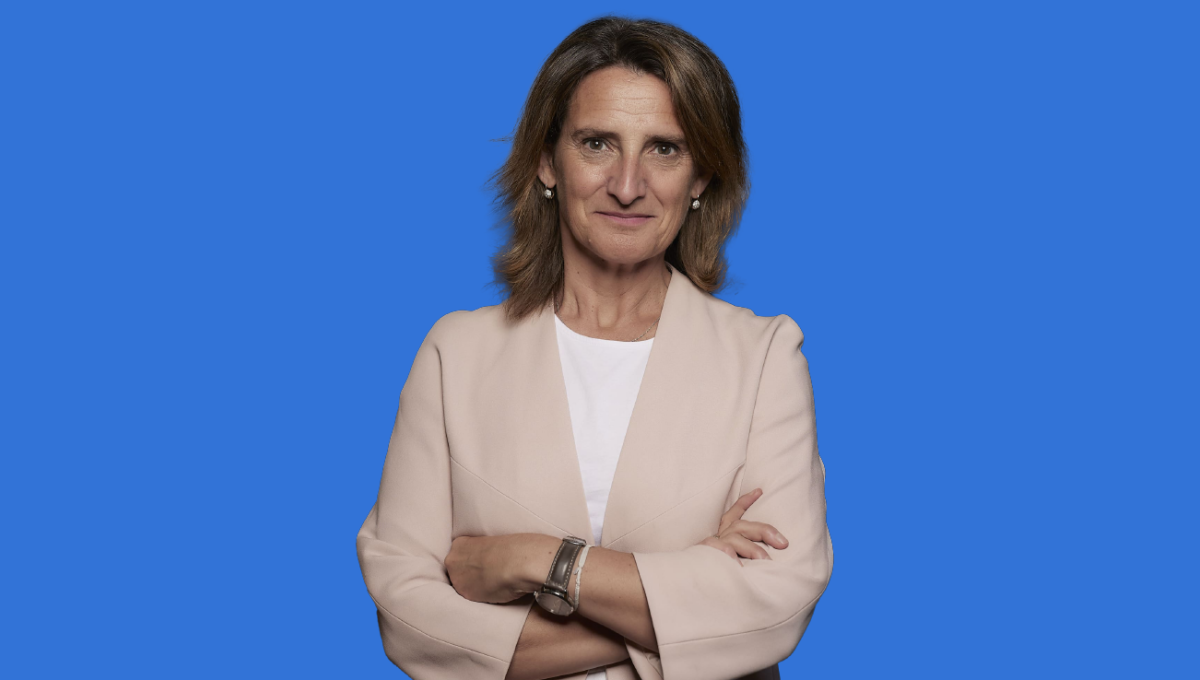
In addition, Dan Jørgensen has been proposed as the Commissioner for Energy and Housing. The link between energy and housing shows the prioritisation around buildings and the need to focus on renovations and improvement of energy performance, as well as living conditions, across Europe’s housing stock. Working with Ribera, Jørgensen will be responsible for bringing down energy prices, upgrading grid infrastructure, including through the decarbonisation of heating and cooling and implementing the existing 2030 legal framework. This represents a fascinating opportunity to promote the role of energy communities not just in renewable electricity production but also in citizen-led renovations and community district heating and cooling.
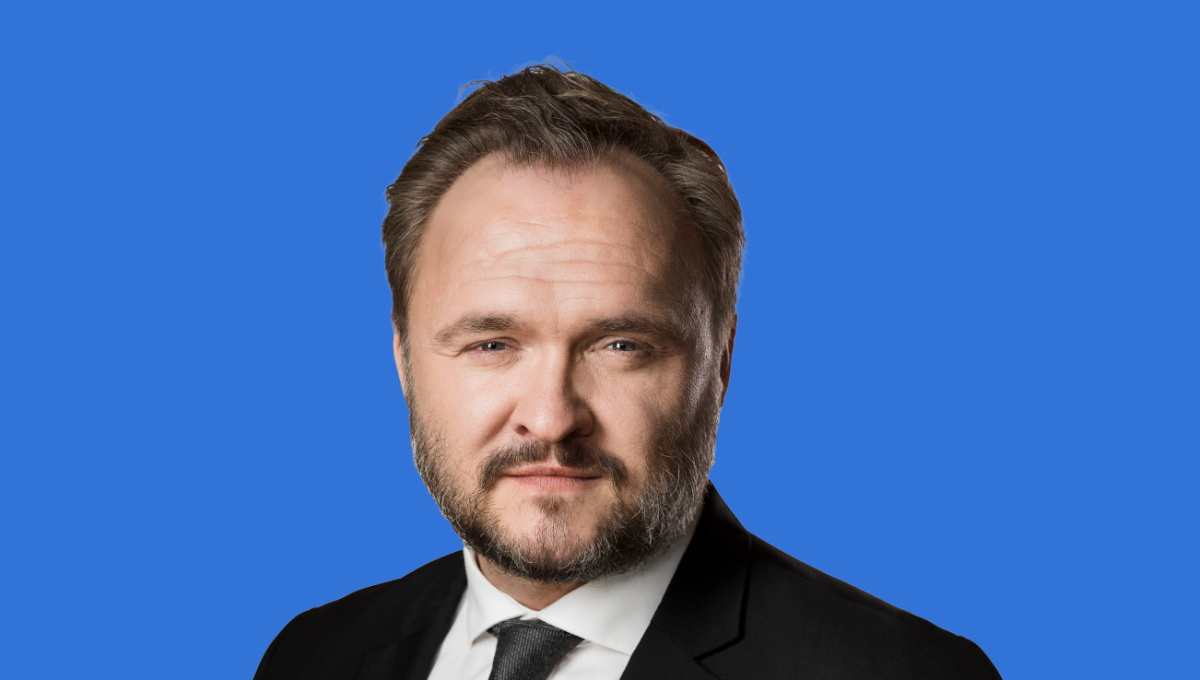
This focus is very welcome, as many Member States are still lagging behind when it comes to implementing, and even transposing, provisions on energy communities, as well as legislation on energy efficiency and renovations. Perhaps most interestingly, Mr Jørgensen has been asked to develop a Citizens Energy Package to increase citizens’ participation in the energy transition and strengthen the social dimension of the Energy Union, and to propose further measures to address energy poverty. In the context of the development of the Citizen Energy Package, energy communities should be one of the main pillars.
What’s next and what’s needed
The Commissioners-designate will appear before the European Parliament between 4 and 12 November in a series of hearings aimed at evaluating whether they are fit for the job. In a plenary session of the European Parliament, the entire team of Commissioners will be put to a vote by simple majority. If approved, the new Commission will take office, probably in December 2024, and is expected to produce a number of climate-relevant propositions during their first 100 days.
Civil society has already raised their voices on what they want to hear from the candidates. Nevertheless, energy democracy must be a focus of the implementation of the Green Deal and the EU’s energy transition. In particular, the new Commission should:
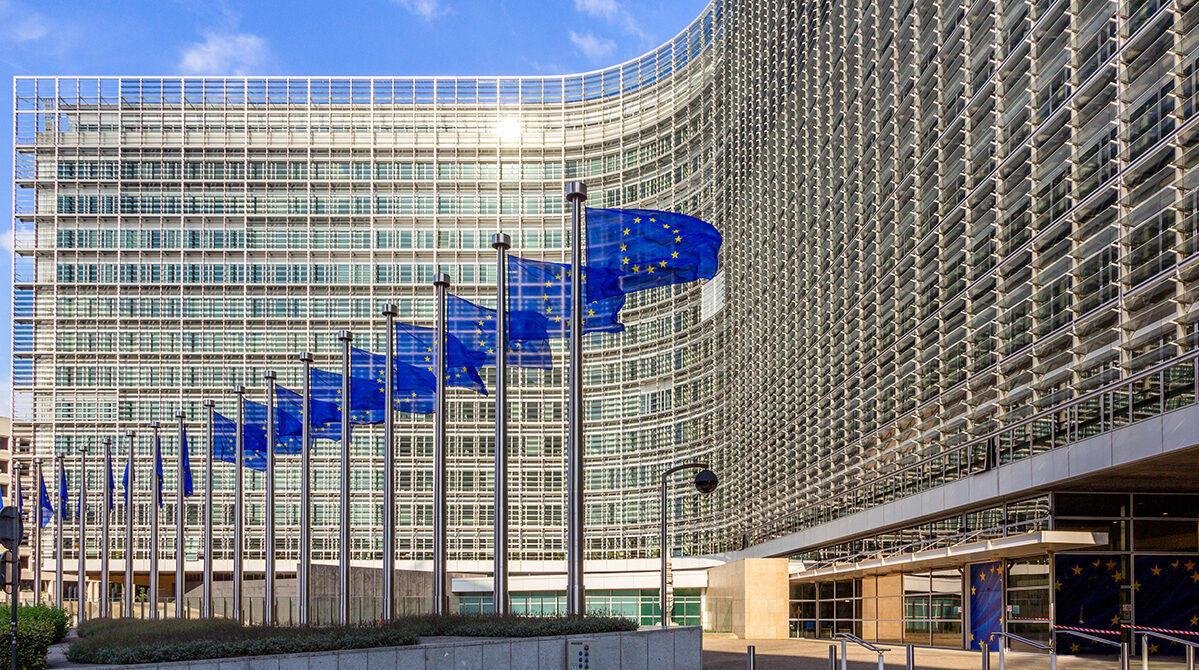
- Focus on improving effective implementation of EU provisions on energy communities and creating an enabling framework so that they can realise the economic and social benefits of energy sharing and supplying themselves with renewable energy.
- Ensure that the Citizen Energy Package includes energy communities as one of its main pillars; It should function as the cohesive glue, ensuring that all major policy packages (e.g., the Green Industrial Deal, or the designation of Renewable Acceleration Areas) are implemented with a strong community focus.
- Commit to dedicating EU funds to energy communities. The Commission itself has acknowledged that EU funds, such as cohesion funding, should target more community-owned projects, like energy communities. Involving national community energy expert organisations in co-managing the funds should also be further explored.
- Better acknowledge and support social economic actors as a distinct sector of European industry, including through providing clear guidance in EU public procurement and tendering rules around local collaboration between local authorities and their communities.
- Establish an EU level Energy Communities Taskforce, including Member States, their managing authorities, cities, as well as EU-wide and national federations of energy communities.